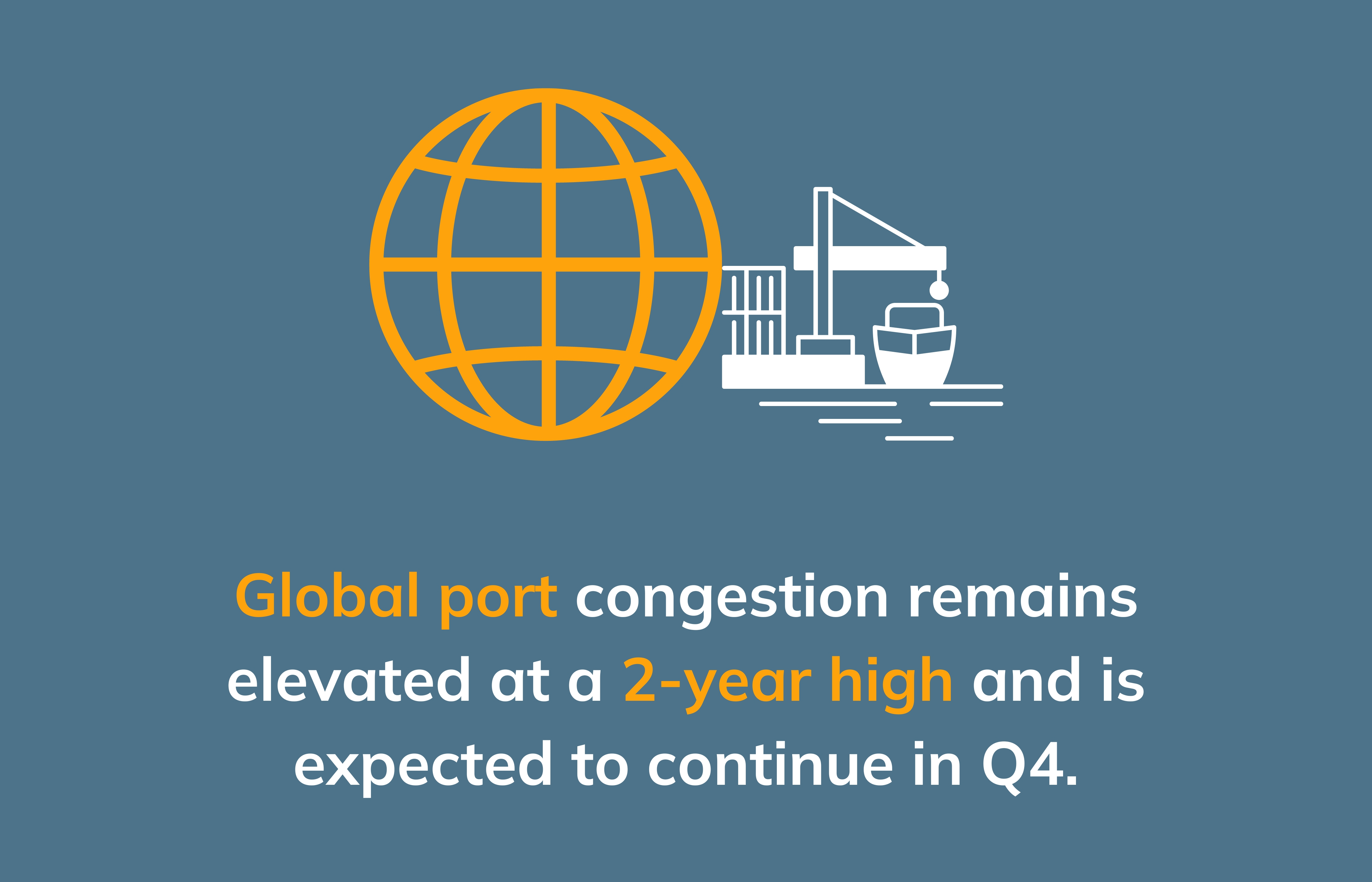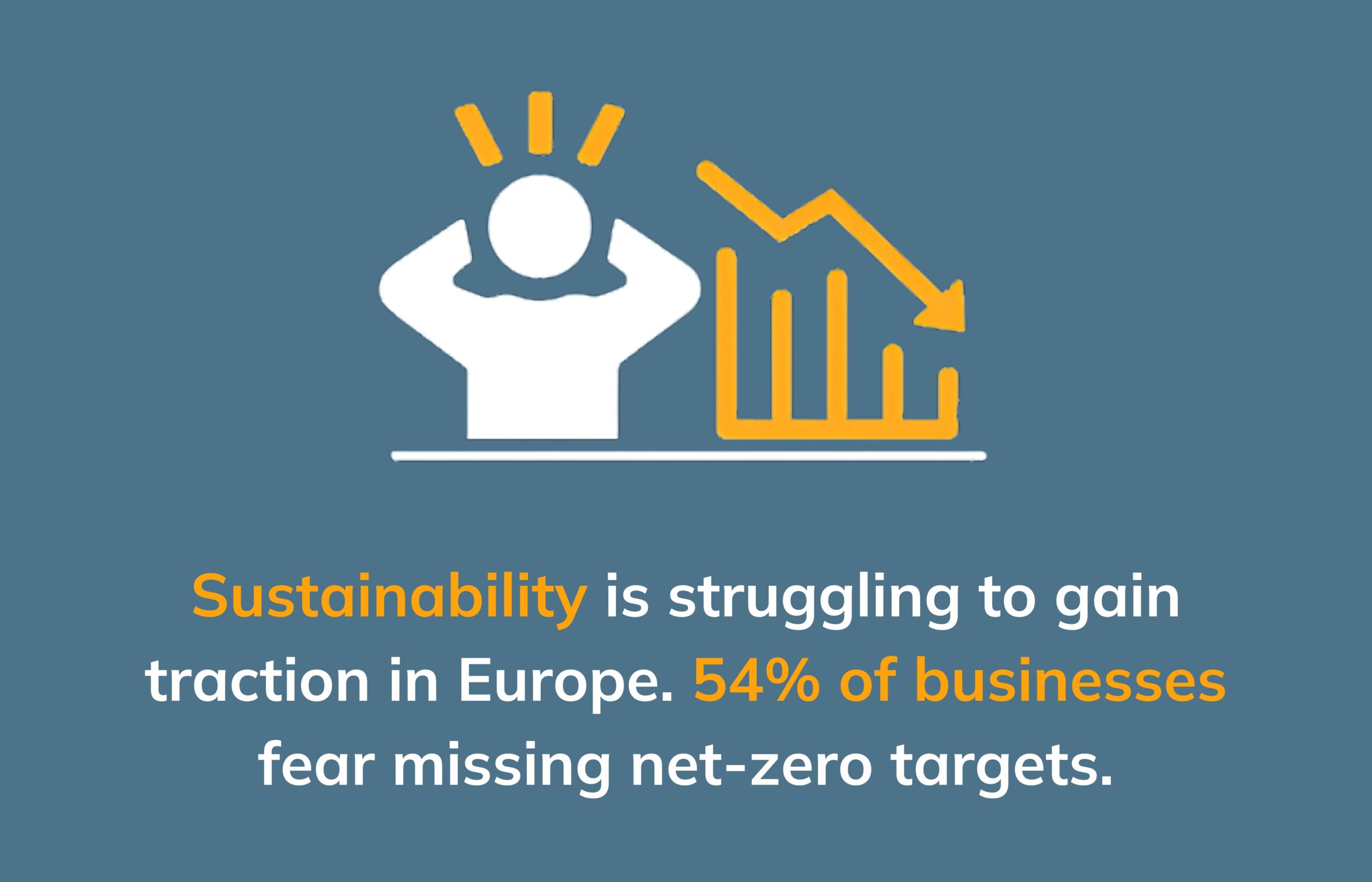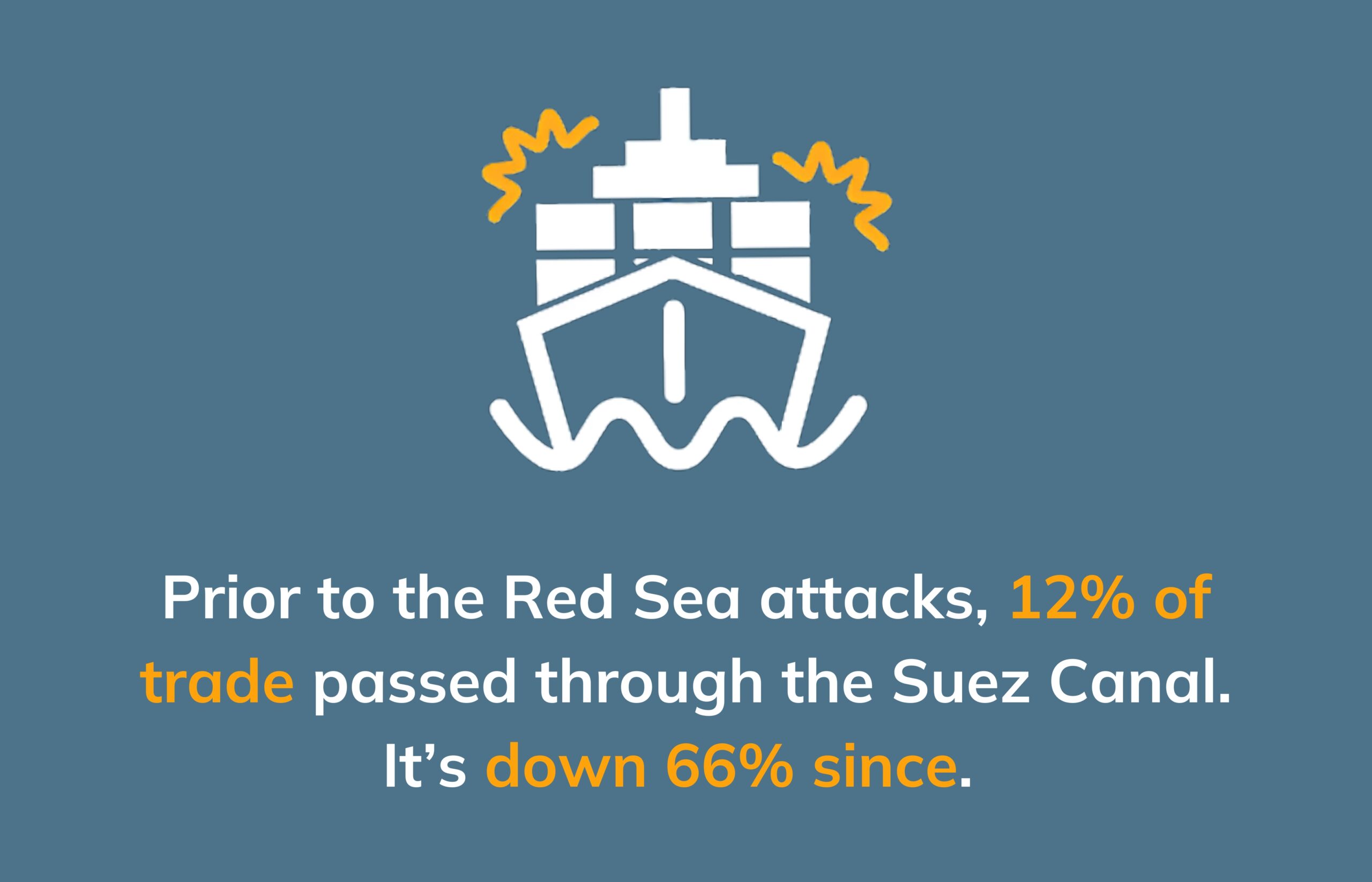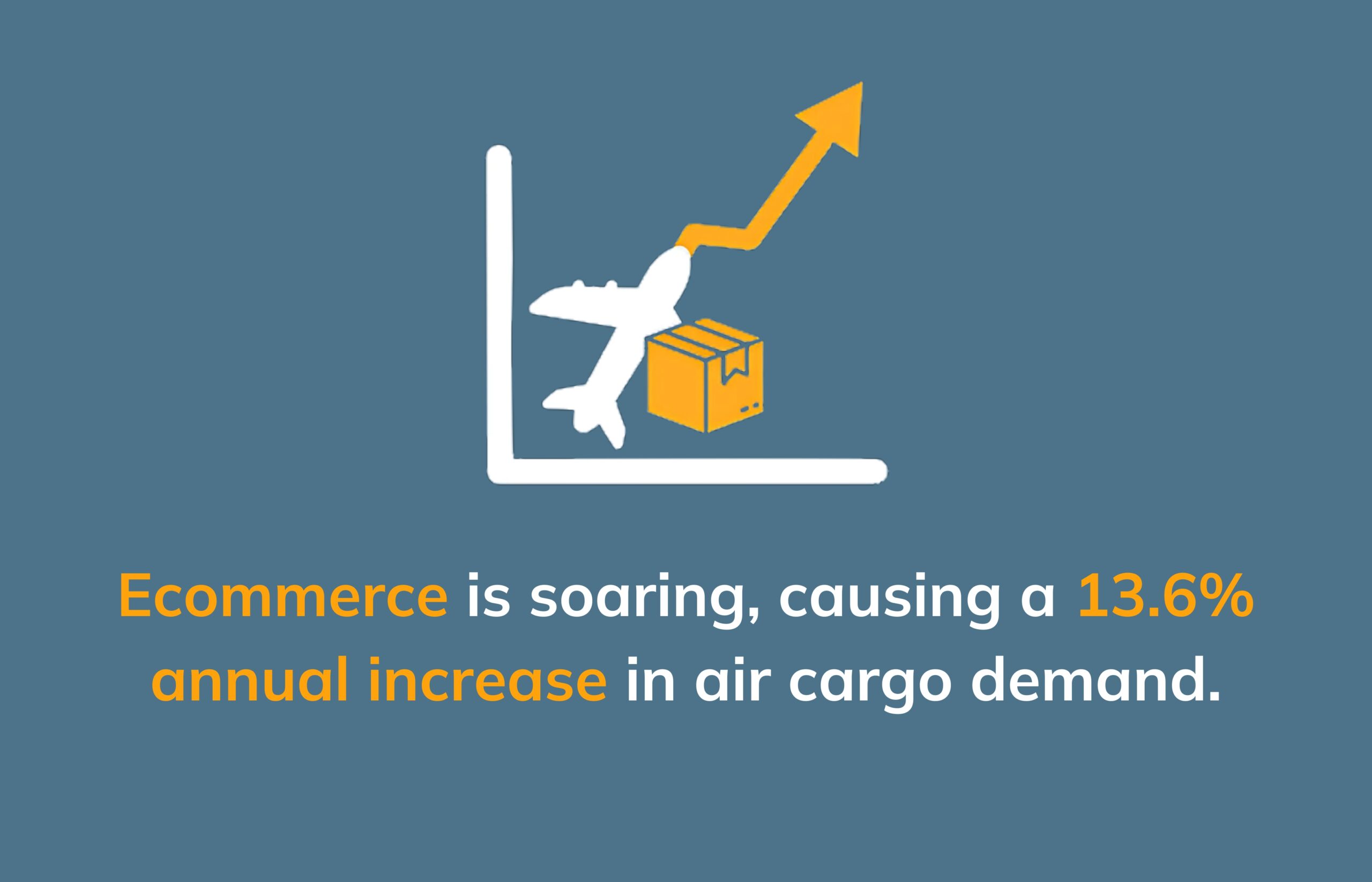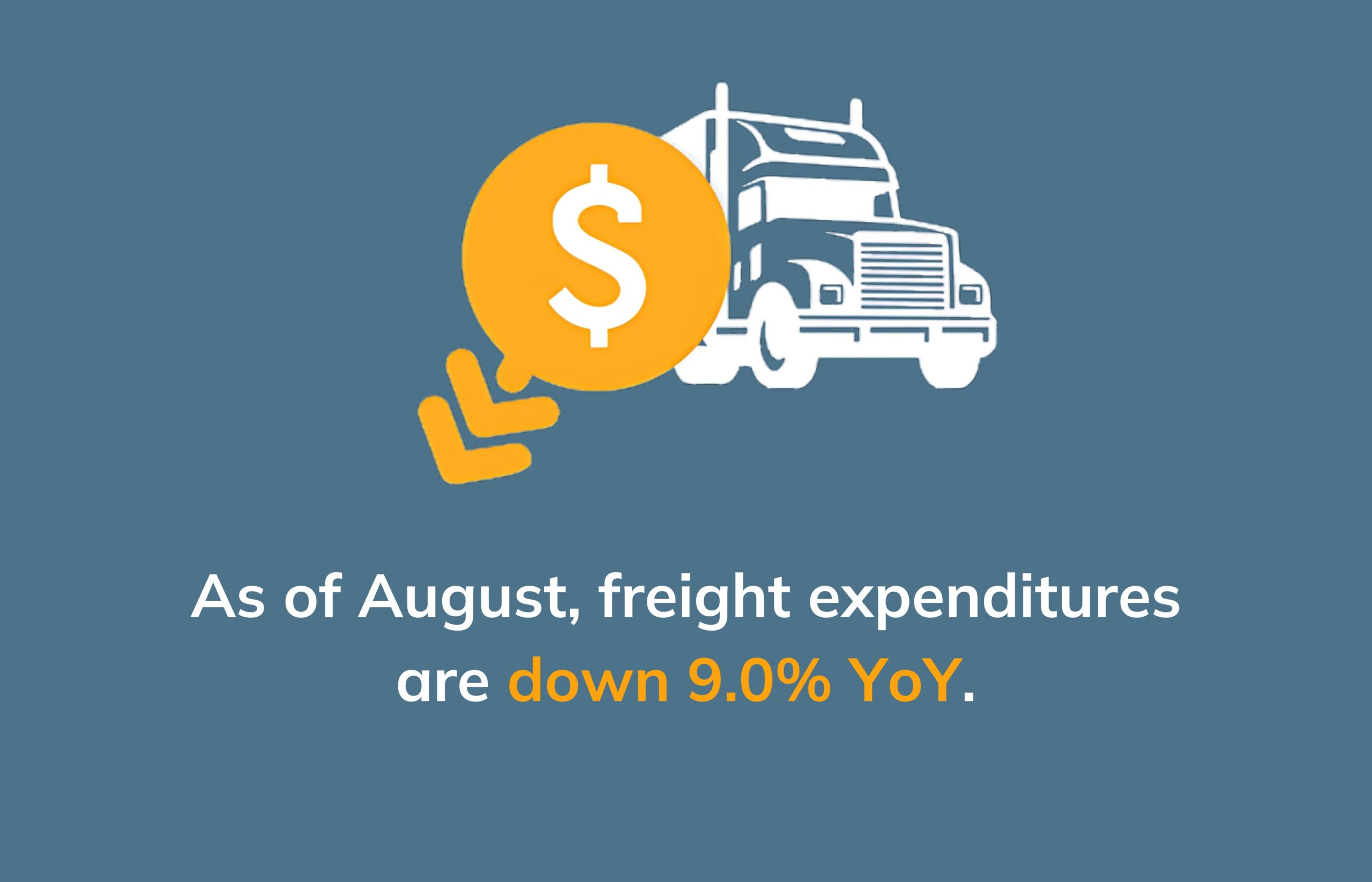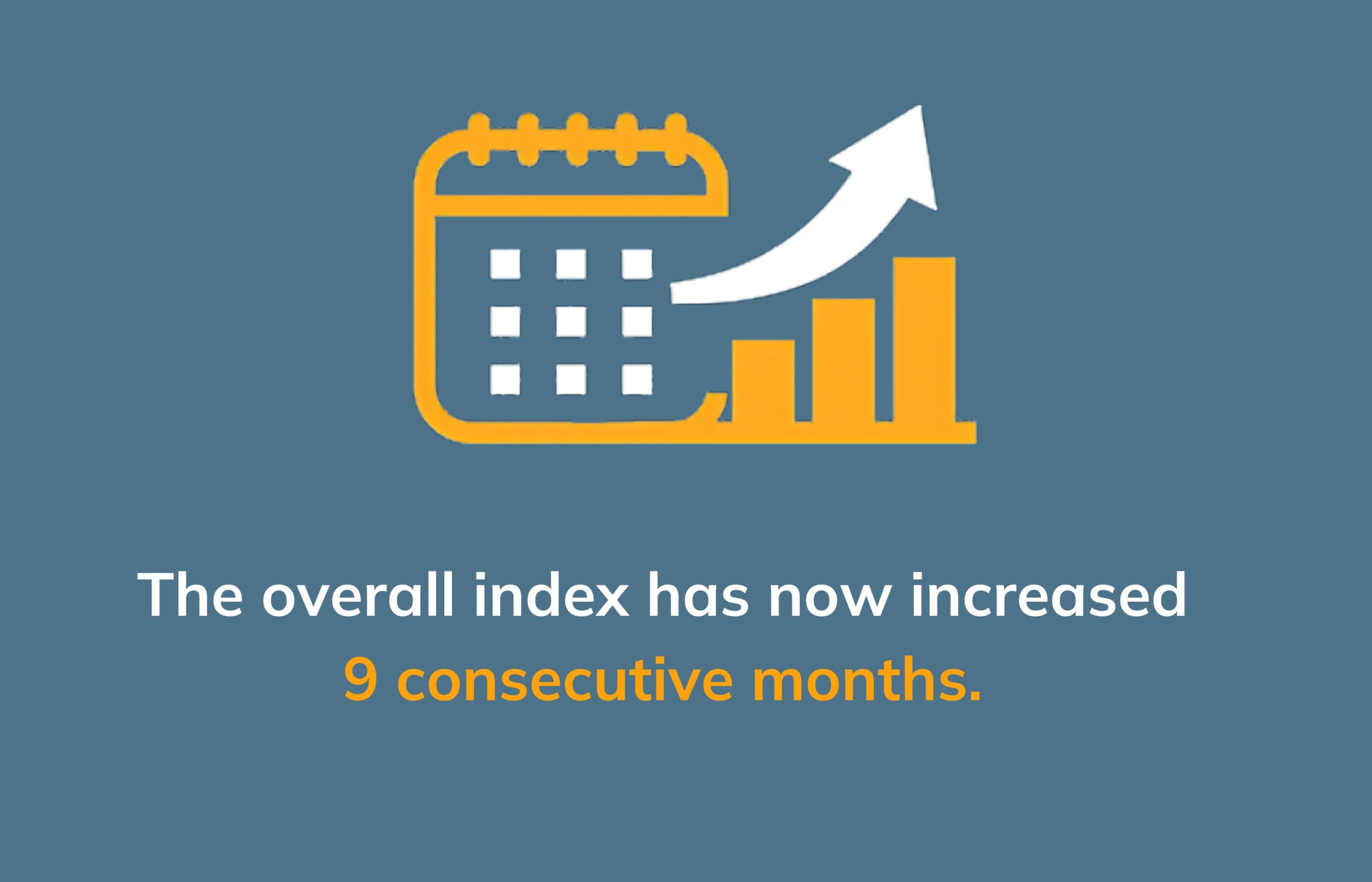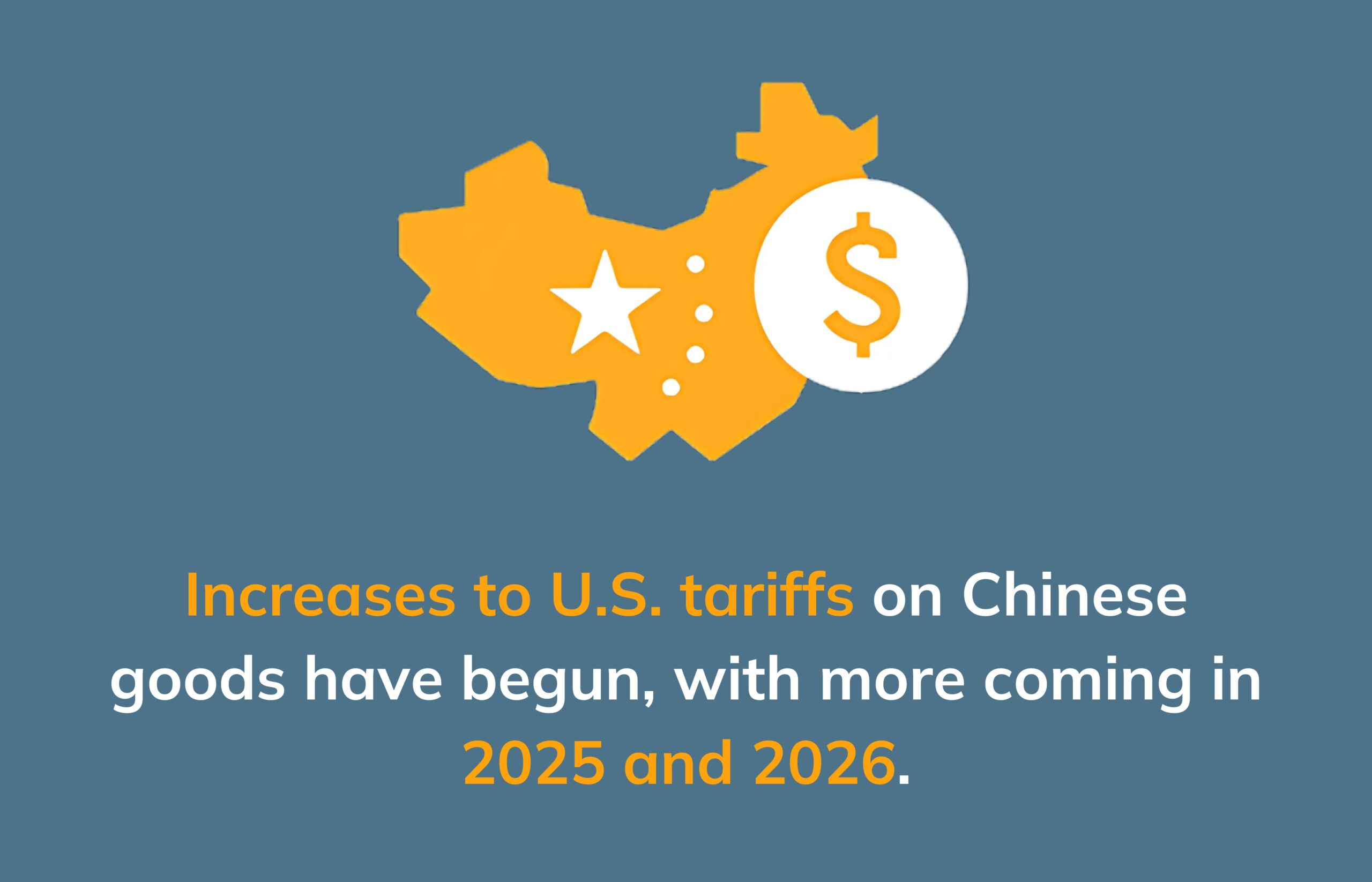
Headlines for Q4 2024
Geopolitics, Ocean Rate Volatility, and a Focus on Supply Chain Resiliency.
Global Ports
The Headlines: Global ports continue to face issues related to geopolitical tensions, labor unrest, aging infrastructure, and climate change. Port congestion in Asia is the worst it’s been since the pandemic, and while large carriers like Maersk report stability in N. Europe, they continue to face global network challenges. The Red Sea Crisis continues disrupting ocean shipping from rates to transit times to port performance.
What’s Important: It’s not all bad news for ports. Many around the world are working on initiatives to counter current and future challenges. Ongoing investments are being made in modernization and digitalization with a goal of increasing efficiency and capacity. Infrastructure improvements such as port expansion, equipment upgrades, and better intermodal connectivity are underway. And in the face of climate change, ports are investing in renewable energy sources and researching a more sustainable infrastructure.
European Update
The Headlines: The EU Carbon Border Adjustment Mechanism (CBAM) entered a new phase as of July, and while many feel it’s well-intended, it may add competitive issues on top of the burden of compliance. Importers are worried about increased costs and the necessity of investing in green technologies hindering their ability to compete with other regions in the global supply chain. Many parts of Europe are already dealing with outdated infrastructure, potentially exacerbating the issues.
What’s Important: While the CBAM may pose challenges, it will accelerate the adoption of green technologies and sustainable practices. By imposing a cost, the CBAM incentivizes both EU and non-EU companies to innovate and invest in cleaner technologies to remain competitive. Encouraging the adoption of high environmental standards will contribute to more sustainable global supply chains, which needs to be a priority for the industry.

Ocean Freight
The Headlines: Influenced by high demand, ongoing disruptions, and infrastructural limitations, capacity constraints and rate volatility are in the news again. The Red Sea crisis is still impacting ocean shipping in significant ways. Longer term, addressing global infrastructure needs working to create more rate stability need to be priorities for the industry.
What’s Important: Despite concerns about the strength of the global economy, overall demand for ocean freight is expected to remain strong in Q4. The industry continues to work on integrating digital technologies, making a stronger commitment to greener shipping practices, and building strategies for supply chain diversification—all of which will bring long-term benefits.
Air Freight
The Headlines: In Q4, it’s likely that high demand will continue to exceed available capacity. Air cargo demand (and rates) have been solid all summer, and the traditional peak season is expected to put further pressure on resources. Limited availability makes securing space more challenging for shippers. Unrest in the Middle East and the potential port strike in the US have put upward pressure on rates.
What’s Important: While limited capacity and high rates are challenges, for now at least, they’re indicative of a bigger trend. Increased demand is also driven by booming e-commerce growth, estimated to be $6.33 trillion in 2024, an increase of 8.8% over 2023. That’s positive momentum for the sector that’s expected to stay strong and continue to reshape the global supply chain. In other words, it is becoming the new normal.
N. America Inland Trends
The Headlines: The U.S. trucking industry is dealing with a lack of volume… and drivers. The ATA estimates a current shortage of 60,000 but expects that to grow to 82,000 by the end of the year. The workforce is aging out, and younger drivers aren’t interested in getting behind the wheel—even if they wanted to. Federal regulations mandate that all interstate commercial drivers be at least 21 years old.
What’s Important: If the situation isn’t fixed, repercussions could include increased costs for trucking companies—which will get passed down to the consumers—and shortages of raw materials for manufacturers. What can be done? Perhaps improved working conditions and better wages will encourage current drivers to stay and attract new drivers. A positive for shippers in the short term is that rates remain low thanks to a surplus of capacity in the marketplace. Long term, however, the freight industry overall benefits from a healthy labor market.

U.S. Logistics Manager’s Index
The Headlines: The most recent Logistics Manager’s Index Report® shows an increase for the nineth month in a row, remaining in a narrow range for the last four months. Inventory Levels are the category up most in the index while Warehousing Capacity and Transportation Capacity are next.
What’s Important: The jump in Inventory Levels likely relates to companies building up inventory for the holiday season, hopefully pointing to the type of traditional patterns that were the norm pre-pandemic. The increase in Transportation Capacity might be due to smaller, inactive carriers returning to the market. If they’re paying attention to the increase in Transportation Prices and the potential for increased demand in Q4, they may be incentivized to resume operations.
Focus on Resilience
The Headlines: A recent Gartner survey reports that 73% of companies polled said they’d modified their supply chain networks in the past two years, hoping to increase resilience when faced with global disruptions. The pandemic, geopolitical tensions, natural disasters, and more have exposed the vulnerabilities of global supply chains and forced companies to shift focus and proactively make changes. New strategies include a more diversified, localized supply chain.
What’s Important: It’s hard to prepare for the unknown, but the scope of the changes being made appear positive. Half of the survey respondents said they were adding or removing manufacturing locations, and 48% said they were moving away from single-source suppliers and working on building relationships with new supply partners. Those who are adding new locations are bringing production closer to home markets, hoping to reduce lead times and increase control. These types of changes impact supply chains and shipping operations greatly. Companies should work with their logistics partners to understand the full impact on costs and leads times.




